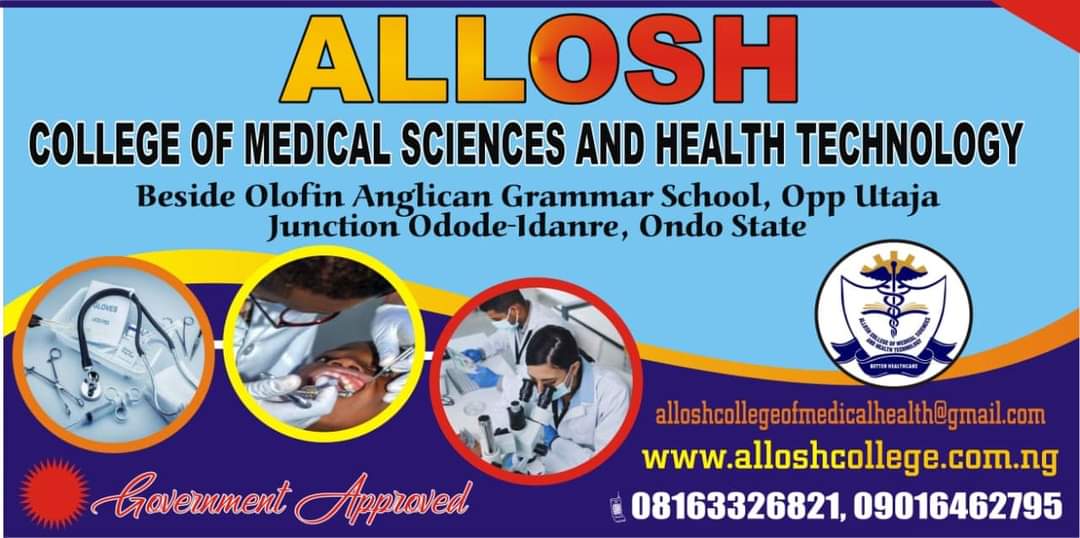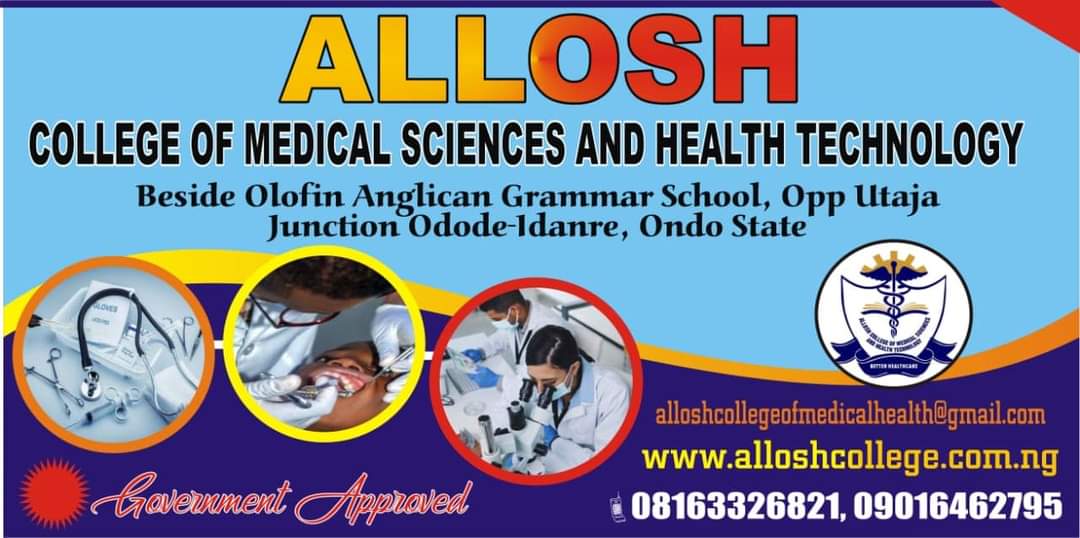Liver Cirrhosis: Causes, Symptoms, And Treatment
Liver cirrhosis is a serious condition characterized by the replacement of healthy liver tissue with scar tissue, leading to the progressive loss of liver function. This irreversible damage hinders the liver’s ability to process nutrients, hormones, and drugs, and to produce proteins necessary for blood clotting, among other functions. Understanding the causes, symptoms, and treatment options for liver cirrhosis is crucial for managing this potentially life-threatening disease.
Causes
Chronic alcohol abuse is one of the leading causes of liver cirrhosis. Long- term excessive alcohol consumption can metabolize in the liver, causing inflammation and damage over time. Chronic viral hepatitis, particularly hepatitis B and C, can lead to chronic inflammation and damage to liver cells, eventually causing cirrhosis. Nonalcoholic fatty liver disease (NAFLD), often associated with obesity, diabetes, and high cholesterol, involves the accumulation of fat in the liver, which can lead to inflammation and scarring. Autoimmune hepatitis, a condition where the immune system attacks liver cells, causing inflammation and damage, can also lead to cirrhosis. Genetic disorders such as hemochromatosis (excessive iron accumulation) and Wilson’s disease (excessive copper accumulation) are additional causes of liver cirrhosis. Bile duct disorders like primary biliary cirrhosis and primary sclerosing cholangitis damage the bile ducts, leading to bile buildup and liver damage..
Symptoms
In the early stages, liver cirrhosis may not present any noticeable symptoms. As the disease progresses, general tiredness and lack of energy are common early signs. Jaundice, or yellowing of the skin and eyes, occurs due to the buildup of bilirubin. Itchy skin, resulting from bile products deposited in the skin, is another symptom. Swelling, or edema, in the legs and ankles, and ascites. (accumulation of fluid in the abdomen) can occur. Easy bruising and bleeding due to the liver’ s reduced ability to produce blood- clotting proteins are also common. Spider-like blood vessels on the skin, known as spider angiomas, may appear. Confusion and memory problems, known as hepatic encephalopathy, can occur due to the buildup of toxins in the brain. Weight loss and muscle wasting result from reduced appetite and malnutrition.
Treatment
While liver cirrhosis cannot be cured, its progression can be slowed, and symptoms managed with appropriate treatment. Lifestyle changes such as abstaining from alcohol, eating a balanced diet, and maintaining a healthy weight are crucial. Depending on the underlying cause, medications may include antiviral drugs for hepatitis, medications to reduce blood pressure in the liver, or treatments to manage specific symptoms like itching and fatigue. Regular monitoring with a healthcare provider is essential to monitor liver function and manage complications. In cases of ascites, paracentesis (removal of fluid from the abdomen) may be necessary. For variceal bleeding, endoscopic procedures may be performed. In advanced cases where the liver is severely damaged, a liver transplant may be the only viable option.
Liver cirrhosis is a severe and progressive disease that requires early detection and management to prevent further damage and complications. By understanding the causes, recognizing the symptoms, and adhering to appropriate treatment strategies, individuals can manage the condition and maintain a better quality of life. Regular medical follow-up and lifestyle modifications are essential components in the management of liver cirrhosis.












